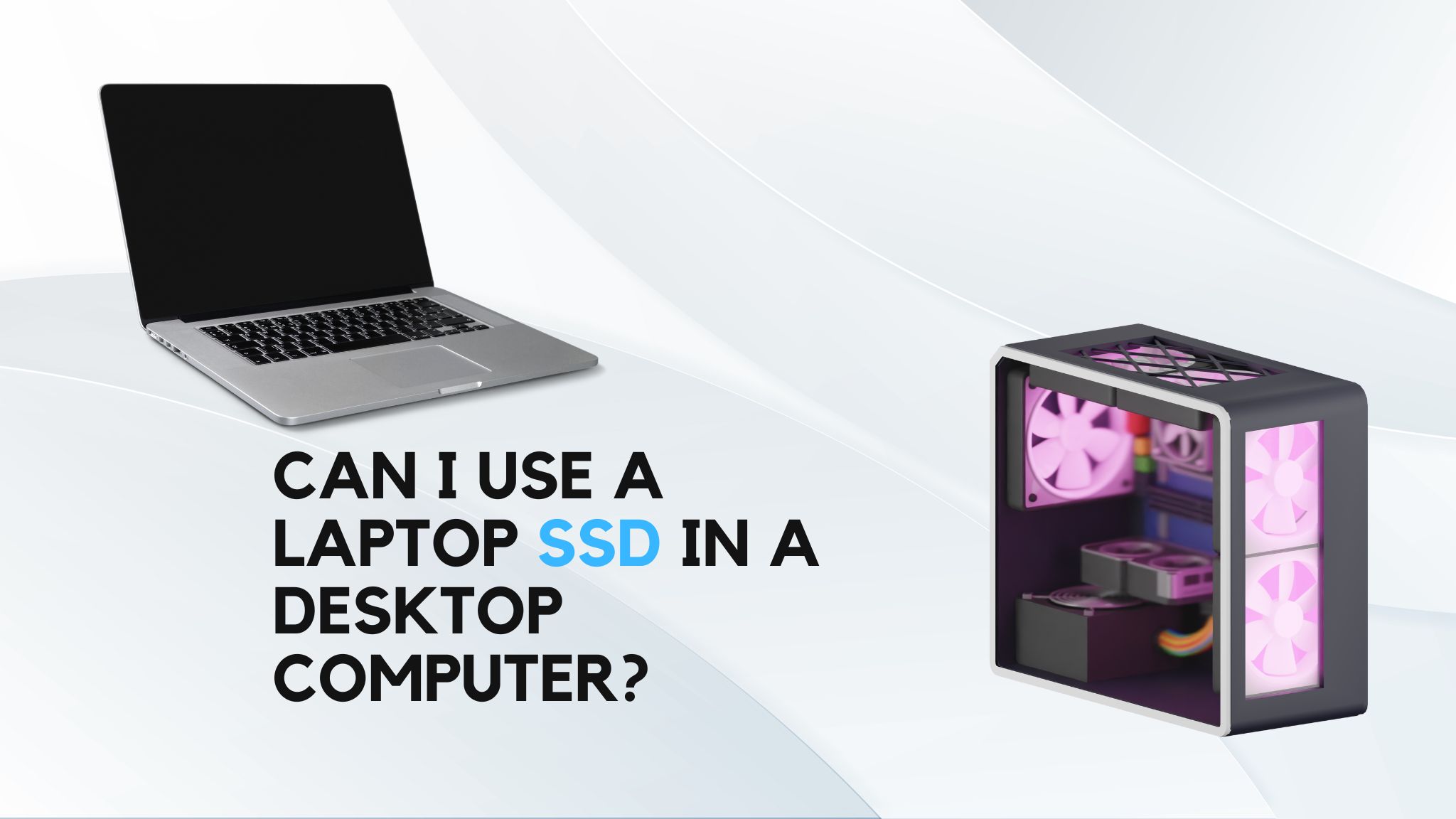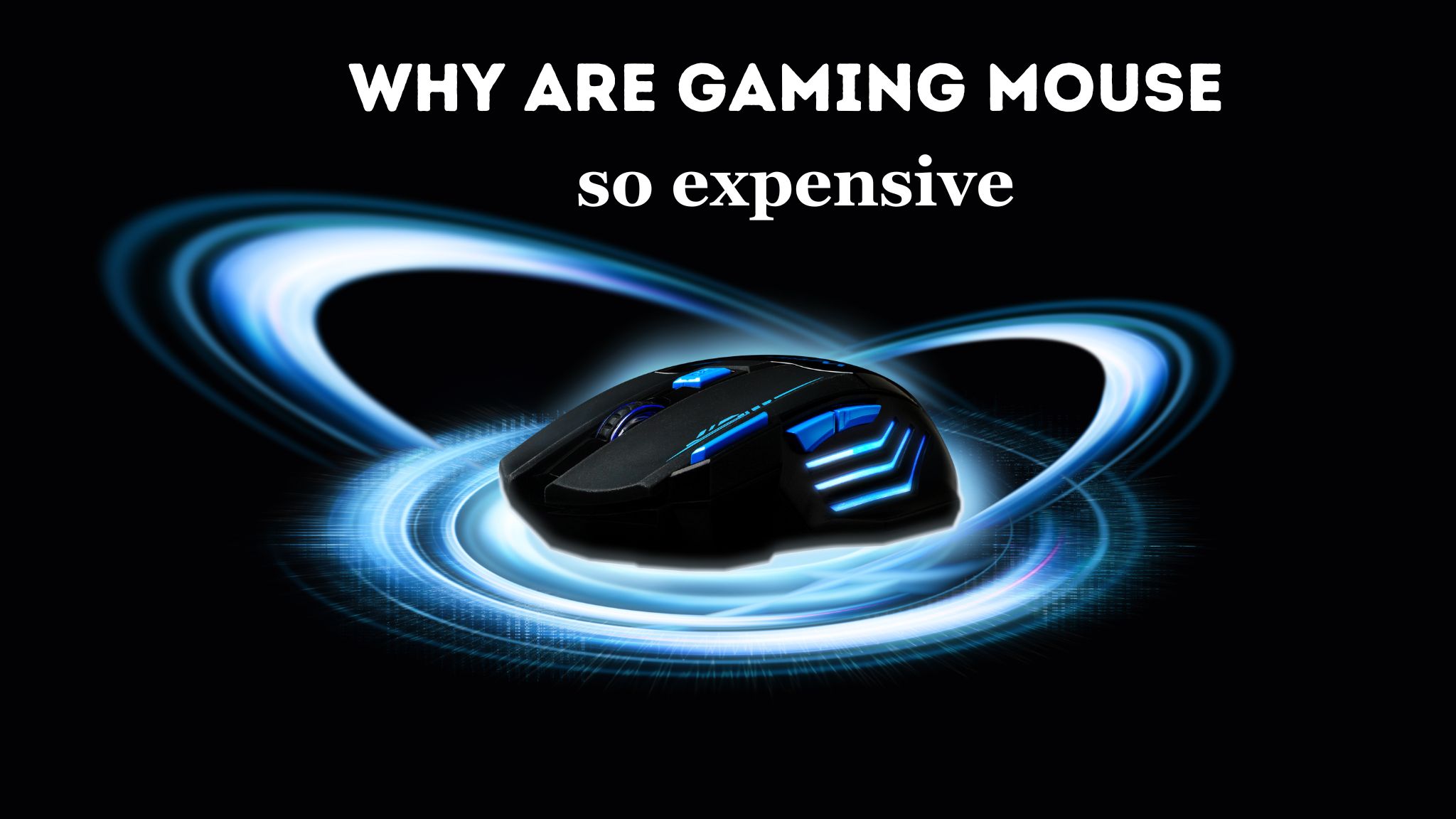Hello gamer hope all of you are well today we can introduce you why VR games have bad graphics. By reading this article you can explore various things.VR games face various challenges, encompassing the constraints of existing VR technology, the expenses tied to creating top-tier VR visuals, the absence of uniformity in VR graphics, and additional hurdles. Despite efforts within the sector to enhance the visual excellence of VR encounters, these obstacles persist, potentially influencing the overall caliber of VR graphics.
In the realm of modern times, virtual reality (VR) technology has made significant strides. Yet, a prevailing grievance among VR enthusiasts pertains to the absence of lifelike graphics within VR games. While a portion of these games boasts commendable visuals, numerous others grapple with attaining the graphical finesse evident in traditional non-VR games. This prompts an inquiry: what underlies this incongruity? Within the following discourse, we will delve into the elements that underpin subpar graphics in VR games and examine the industry’s endeavors to enhance the visual eminence of VR encounters.
Now we discuss some several factors one after another which will give you clear vision about VR graphics and why it have bad graphics.
Cost of developing high-quality VR graphics
Several elements contribute to the expenses associated with producing authentic and captivating VR graphics. Among these, a key factor is the requirement for textures and models with elevated resolutions. Crafting a convincing VR setting necessitates the development of intricate textures and 3D models that retain their realism even upon close scrutiny in the VR realm. This undertaking demands significant time and resources, as meticulous craftsmanship and optimization tailored for VR are essential for both the models and textures.
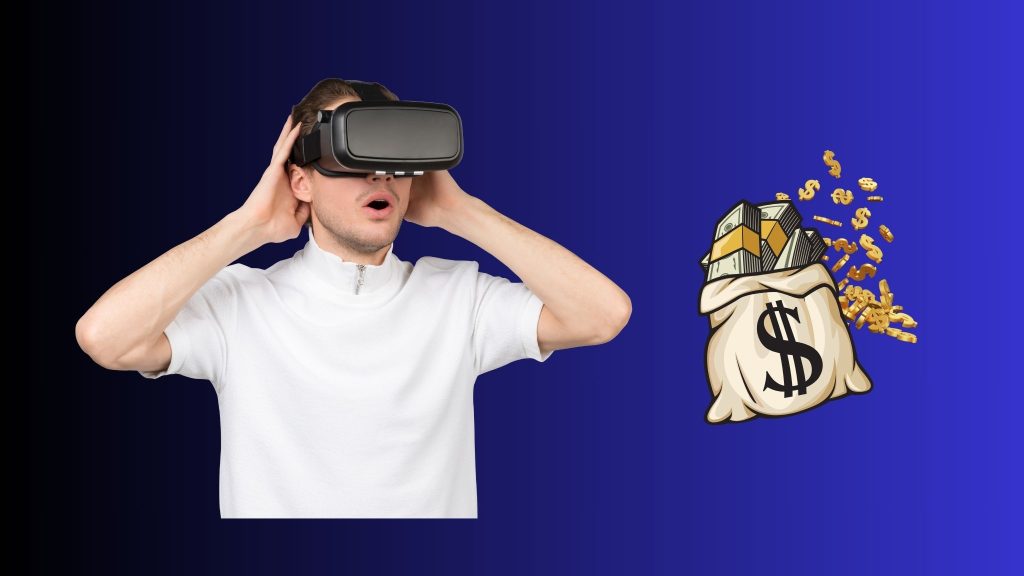
Crafting a complete three-dimensional setting is equally demanding. Beyond the creation of models and textures, developers must account for aspects like illumination, shading, and other elements that shape the comprehensive aesthetic of the VR universe. This can evolve into a multifaceted and resource-intensive endeavor.
Another challenge of developing VR graphics is the need to optimize for the unique requirements of VR. This includes things like ensuring that the game runs smoothly on the hardware and addressing issues such as motion sickness. These factors can add additional layers of complexity to the development process and increase the cost of creating high-quality VR graphics. This encompasses tasks such as optimizing game performance for seamless hardware operation and tackling challenges like motion sickness. These elements introduce supplementary levels of intricacy to the development journey, ultimately elevating the expenses linked to crafting top-notch VR graphics.
Limitation’s of VR hardware
In recent times, substantial advancements have been made in virtual reality technology; however, certain constraints persist, influencing the caliber of VR encounters. One of the most prominent determinants impacting the visual dimension of VR games lies in the hardware itself. VR demands a significant level of prowess from its underlying hardware, necessitating the rendering of two distinct images – one for each eye – at an elevated frame rate. This imparts substantial stress upon components such as the graphics card, processor, and other elements, particularly when contrasted with conventional non-VR games that solely require rendering a single image.
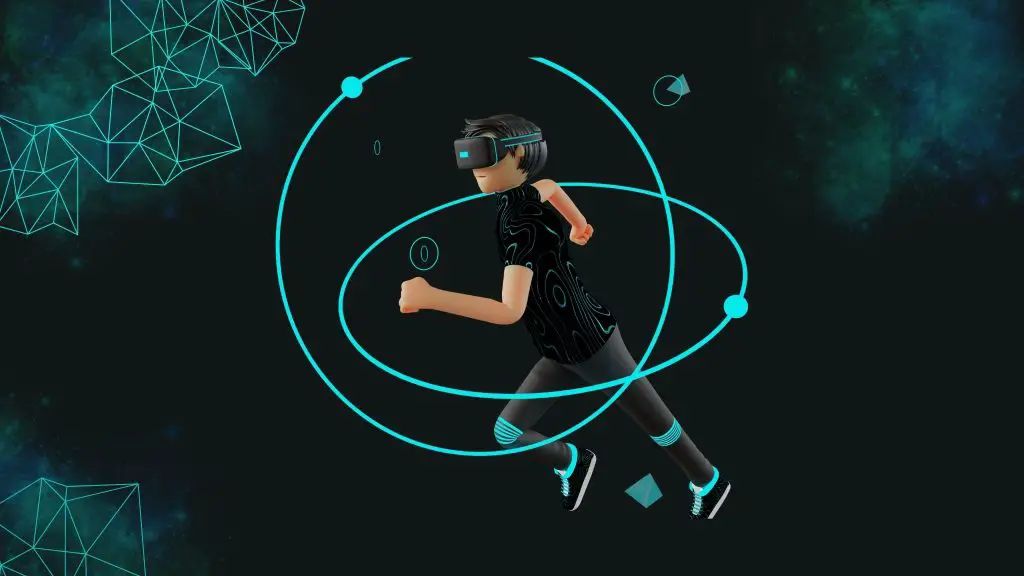
Additionally, the graphical potential of VR games can be curtailed due to the comparatively modest processing power of most VR headsets in comparison to gaming PCs.
A balance exists between the quality of visuals and the performance in VR, and achieving both superior graphics and a seamless frame rate concurrently proves difficult due to existing hardware constraints. Consequently, numerous VR games might not attain an equivalent degree of graphical intricacy seen in their non-VR equivalents.
Lack of standardisation in VR graphics
The absence of uniformity within the VR sector is a pivotal factor influencing the caliber of graphics in virtual reality games. Diverse VR platforms exist, each characterized by distinct hardware specifications and capabilities. This diversity poses challenges for developers striving to ensure consistent graphics quality across all platforms.
The predicament of this non-standardization compels developers to frequently design tailor-made graphics engines for VR. This implies crafting code explicitly for each VR platform, a venture demanding both time and financial resources. Furthermore, it necessitates concessions on the part of developers, who may need to compromise to ensure optimal game performance across various VR hardware configurations.
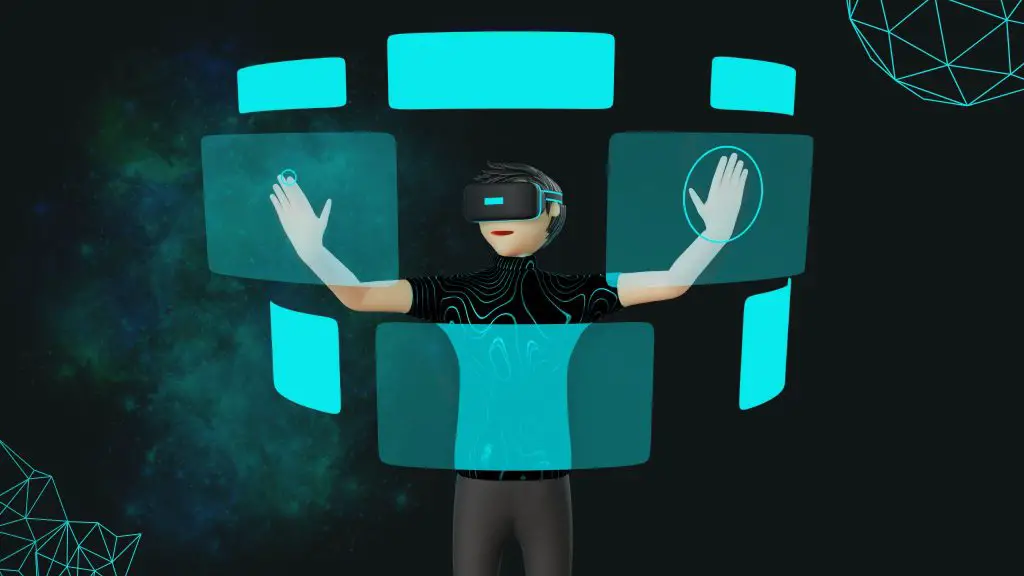
Disparities in hardware capabilities among various VR platforms can lead to a diverse spectrum of graphical excellence within VR games. Certain VR setups might accommodate intricate graphics effectively, while others could encounter challenges in rendering even rudimentary visuals. This variability presents a challenge for developers aiming to craft visually appealing games across all VR systems, potentially resulting in an inconsistency in the overall quality of VR graphics.
Why is Oculus Quest 2 so blurry?
There are multiple potential explanations for the perceived blurriness experienced by some users of the Oculus Quest 2. One plausible reason could stem from the restricted resolution of the headset’s display, which might not provide an ample level of detail for a clear image. Another factor that potentially plays a role in the blurriness of visuals on the Oculus Quest 2 is the pixel pitch – the spacing between individual pixels on the screen. A larger pixel pitch can lead to reduced image sharpness, particularly noticeable when viewing objects up close in the VR environment. Additionally, suboptimal rendering processes and the utilization of low-quality graphics could also contribute to the overall blurriness of VR visuals, not only on the Oculus Quest 2 but across other VR headsets as well. It’s important to acknowledge that external factors such as ambient lighting conditions and the distance between the headset and the user’s eyes can also impact the visual quality of VR experiences.
Why do VR games look blurry?
Blurriness in VR games can be attributed to various factors. One reason is the constrained resolution of VR headset displays, which typically have lower resolutions than TVs or monitors. This limitation can lead to images that lack clarity and detail. Another element affecting the visual quality is the pixel pitch, which refers to the spacing between pixels on the display. A wider pixel pitch can cause images to appear less sharp, particularly when observed closely in a VR setting. Additionally, suboptimal rendering and utilization of low-quality graphics can further contribute to the blurriness observed in VR graphics.
Why are the graphics so bad in VR?
I know you are so curious about this question. I can give you the explanation of this question. Several factors contribute to the presence of certain issues in VR graphics. Firstly, the constraints inherent in today’s VR hardware may lead to inadequacies in rendering capabilities, ultimately affecting the production of top-tier visuals. Additionally, the expenses tied to crafting high-caliber VR graphics can be substantial, given the intricate and resource-intensive nature of designing intricate 3D environments and lifelike character models. The absence of uniform standards within VR graphics also holds significance, as disparities in hardware capabilities across VR platforms can generate a broad spectrum of graphical quality in VR games. Lastly, subpar rendering and suboptimal optimization processes can similarly contribute to lackluster graphics in VR gaming experiences.
Despite ongoing efforts within the industry to enhance the visual excellence of VR encounters, certain challenges persist. Nonetheless, considering the forthcoming advancements in both VR hardware and software, it is probable that substantial strides will be made in the realm of VR graphics in the years ahead.

